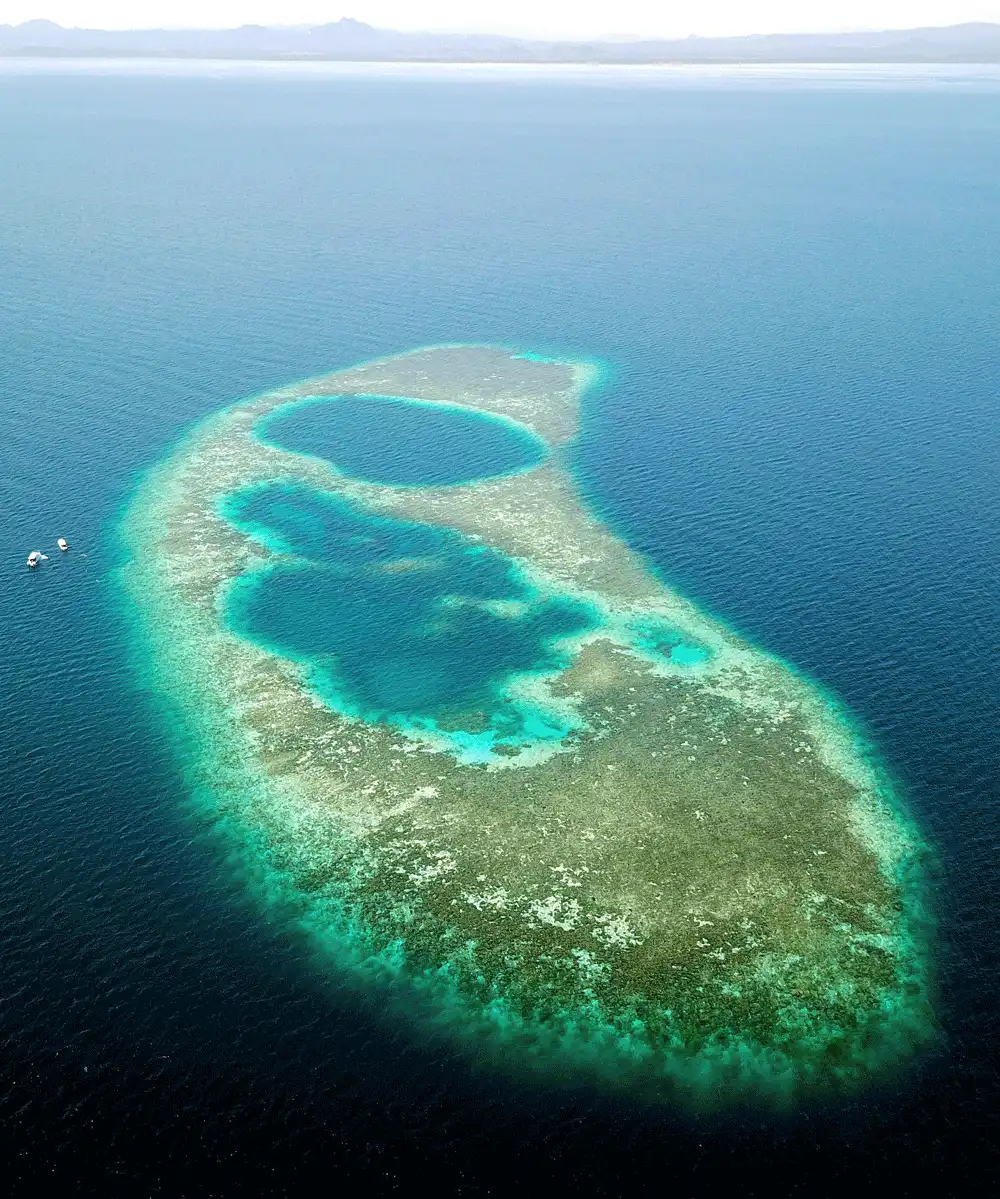
3 Days Itinerary in Lahad Datu, Malaysia - Travel Guide
Majestic Malaysia: 3 Magical Days in Lahad Datu
| Days | Description |
|---|---|
| 1 | Day 1 - Dive into the Natural Jewels of Lahad Datu |
| 2 | Day 2 - Delving Deeper into Borneo’s Wilderness |
| 3 | Day 3 - Immersing Yourself in Local Culture |
Introduction
Experience the serene nature and rich wildlife of Lahad Datu, a gem in the eastern region of Malaysian Borneo that remains largely unexplored. Discover the laid-back town with its picturesque landscapes, cherish the endemic fauna and flora, and indulge in authentic Malaysian gastronomical adventures. Whether you're a first-time explorer or a seasoned traveller, this 3-day itinerary will inspire and mesmerize you!
Day 1 - Dive into the Natural Jewels of Lahad Datu
Kickstart your adventure in stunning Lahad Datu with a visit to the Tabin Wildlife Reserve. Known as Malaysia's largest wildlife reserve, it's nothing short of paradise for nature enthusiasts. Spend your morning exploring this sanctuary which is home to a wide variety of animals like leopards, elephants and rhinoceros. Post lunch, delve into the lush Dipterocarp Forest, a massive evergreen rainforest that's home to a myriad of life forms. Remember to bring your binoculars - you wouldn't want to miss spotting the vibrant-billed hornbills! As the sun sets, head back to your accommodation for a well-earned rest. Around dinner time, get to taste the mouth-watering local Malaysian street food - a culinary feast to end your day perfectly.
Day 2 - Delving Deeper into Borneo’s Wilderness
After an early breakfast, set off to the Madai Caves, an important nesting site for swiflets. The collection of bird’s nests for the delicacy Bird’s Nest Soup is a unique sight you'll witness here. Did you know the nests are mostly made from the solidified saliva of the birds? From there, head to the fascinating Agop Batu Tulug Caves, which is a historical cemetery. Each of the hatch-like coffins stores the remains from an ancient local tribe. In the afternoon, delight your senses with a visit to the Rainforest Discovery Centre. Engage with the rich biodiversity and attend an educative exposition to learn more about the region’s endemic species. Wrap up the day by sampling the region's delectable cuisine from local restaurants, and maybe even try the famed Durian, Malaysia's King of Fruits!
Day 3 - Immersing Yourself in Local Culture
Start your last day with a stroll around the Lahad Datu Market, where locals buy and sell a variety of food, clothes and other goods. It's a great place to try some local fruits and desserts! Later, immerse yourself in the tribal traditions at the Traditional Bajau Village. Learn the traditional handicraft-making processes, interact with the locals and listen to their folk stories. Take a little part of Lahad Datu back home by purchasing some handmade souvenirs. Next up, visit the Teck Guan Cocoa Museum, famous for its chocolate. Chocolate lovers, get ready for some sweet treats! To cap your visit off, enjoy a sunset boat ride with the stunning islands against the sky - it's a sight for sore eyes. As night falls, return to your hotel and reminisce about your unforgettable adventure in Lahad Datu.

Ava Wilson
FAQs about this
3 day itinerary in
Lahad Datu
The best time to visit Lahad Datu is from March to October, when the weather is commonly dry, making it perfect for nature explorations and wildlife sightings.
Yes, Lahad Datu is generally safe for tourists. Nonetheless, as with travelling to any foreign destination, it is recommended to remain aware of your surroundings and take reasonable precautions, especially when travelling after dark.
Malaysian cuisine is a blend of sweet, spicy, and sour, often with a use of coconut, chillies and lemongrass. If you have dietary restrictions, be sure to inform the restaurants beforehand. For vegans and vegetarians, plenty of local fruits, vegetables and tofu dishes are available.
